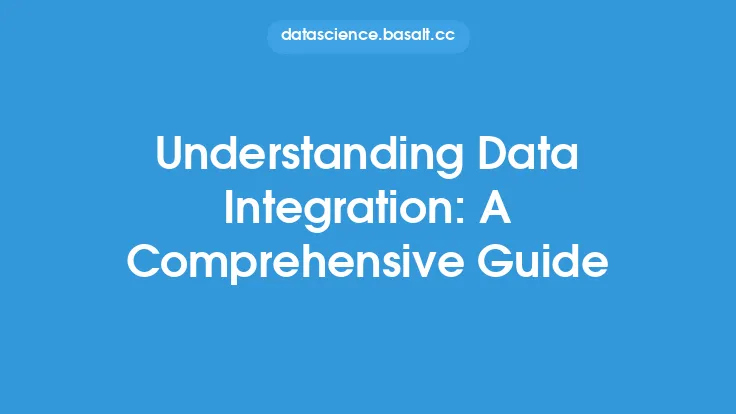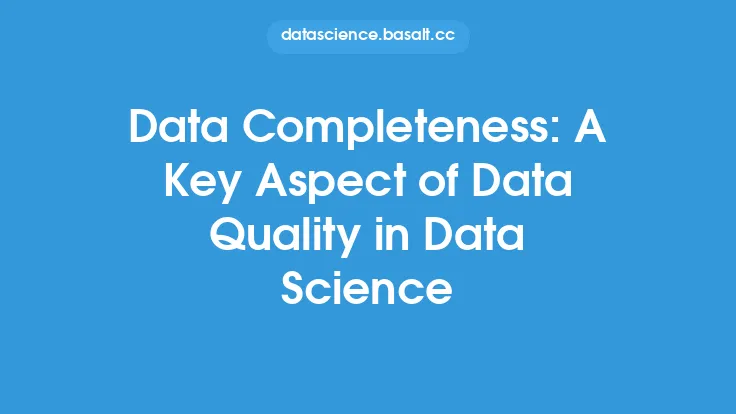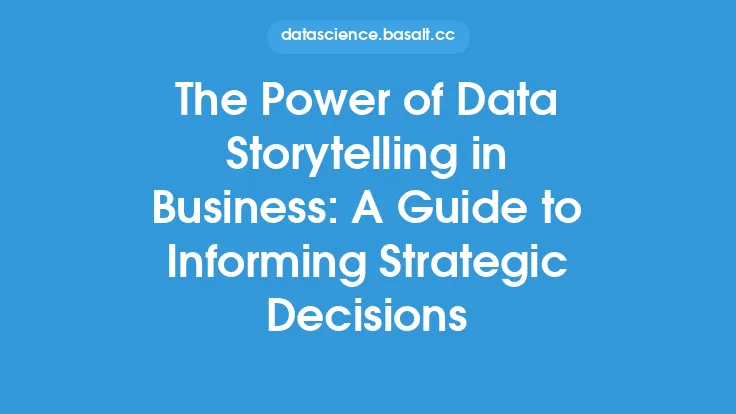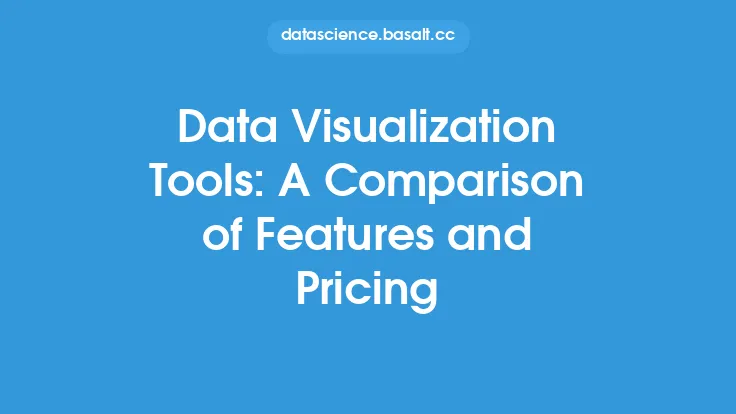Data is the backbone of any organization, and extracting valuable insights from it is crucial for informed decision-making. Pattern discovery is a fundamental aspect of data mining, which involves identifying and extracting useful patterns from large datasets. These patterns can be used to gain a deeper understanding of the data, make predictions, and drive business decisions. In this article, we will delve into the different types of patterns that can be discovered in data, exploring their characteristics, applications, and significance.
Introduction to Pattern Types
Patterns in data can be broadly categorized into several types, each with its unique characteristics and applications. The most common types of patterns include association rules, classification patterns, clustering patterns, regression patterns, and sequential patterns. Each of these pattern types has its own strengths and weaknesses, and the choice of which one to use depends on the specific problem being addressed and the nature of the data.
Association Patterns
Association patterns, also known as association rules, are used to identify relationships between different variables in a dataset. These patterns are commonly used in market basket analysis, where the goal is to identify products that are frequently purchased together. Association patterns are typically represented in the form of "if-then" statements, where the "if" part represents the condition and the "then" part represents the consequence. For example, "if a customer buys product A, then they are likely to buy product B." Association patterns are useful in identifying cross-selling opportunities, improving customer experience, and optimizing marketing campaigns.
Classification Patterns
Classification patterns are used to assign a label or category to a dataset based on its characteristics. These patterns are commonly used in predictive modeling, where the goal is to predict a target variable based on a set of input variables. Classification patterns can be used to solve problems such as spam detection, sentiment analysis, and customer segmentation. For example, a classification model can be trained to predict whether a customer is likely to churn based on their demographic and behavioral characteristics. Classification patterns are useful in identifying trends, making predictions, and driving business decisions.
Clustering Patterns
Clustering patterns, also known as cluster analysis, are used to group similar data points into clusters based on their characteristics. These patterns are commonly used in customer segmentation, where the goal is to identify distinct customer groups with similar needs and preferences. Clustering patterns can be used to solve problems such as identifying customer personas, optimizing marketing campaigns, and improving customer experience. For example, a clustering model can be used to identify distinct customer segments based on their demographic and behavioral characteristics. Clustering patterns are useful in identifying patterns, trends, and correlations in the data.
Regression Patterns
Regression patterns are used to model the relationship between a dependent variable and one or more independent variables. These patterns are commonly used in predictive modeling, where the goal is to predict a continuous target variable based on a set of input variables. Regression patterns can be used to solve problems such as forecasting sales, predicting stock prices, and optimizing business processes. For example, a regression model can be trained to predict the sales of a product based on its price, advertising spend, and seasonality. Regression patterns are useful in identifying relationships, making predictions, and driving business decisions.
Sequential Patterns
Sequential patterns, also known as sequence analysis, are used to identify patterns in data that exhibit a sequential or temporal relationship. These patterns are commonly used in time series analysis, where the goal is to identify trends and patterns in data that vary over time. Sequential patterns can be used to solve problems such as forecasting demand, predicting customer behavior, and optimizing business processes. For example, a sequential model can be used to predict the next item in a customer's purchase sequence based on their past purchases. Sequential patterns are useful in identifying patterns, trends, and correlations in the data.
Other Pattern Types
In addition to the above-mentioned pattern types, there are several other types of patterns that can be discovered in data. These include correlation patterns, which are used to identify relationships between variables; trend patterns, which are used to identify patterns in data that exhibit a trend or direction; and outlier patterns, which are used to identify data points that are significantly different from the rest of the data. Each of these pattern types has its own strengths and weaknesses, and the choice of which one to use depends on the specific problem being addressed and the nature of the data.
Pattern Discovery Techniques
Pattern discovery techniques are used to identify and extract patterns from large datasets. These techniques can be broadly categorized into supervised and unsupervised learning techniques. Supervised learning techniques, such as decision trees and neural networks, are used to train models on labeled data, where the goal is to predict a target variable based on a set of input variables. Unsupervised learning techniques, such as clustering and dimensionality reduction, are used to identify patterns and relationships in unlabeled data. The choice of which technique to use depends on the specific problem being addressed and the nature of the data.
Pattern Evaluation Metrics
Pattern evaluation metrics are used to evaluate the quality and accuracy of discovered patterns. These metrics can be broadly categorized into precision, recall, and F1 score. Precision measures the proportion of true positives among all positive predictions made by the model. Recall measures the proportion of true positives among all actual positive instances. F1 score is the harmonic mean of precision and recall, and it provides a balanced measure of both. Other evaluation metrics, such as mean squared error and R-squared, can be used to evaluate the accuracy of regression models. The choice of which metric to use depends on the specific problem being addressed and the nature of the data.
Conclusion
Pattern discovery is a fundamental aspect of data mining, and it involves identifying and extracting useful patterns from large datasets. The different types of patterns that can be discovered in data include association rules, classification patterns, clustering patterns, regression patterns, and sequential patterns. Each of these pattern types has its own strengths and weaknesses, and the choice of which one to use depends on the specific problem being addressed and the nature of the data. By understanding the different types of patterns and how to discover them, organizations can gain a deeper understanding of their data, make informed decisions, and drive business success.





